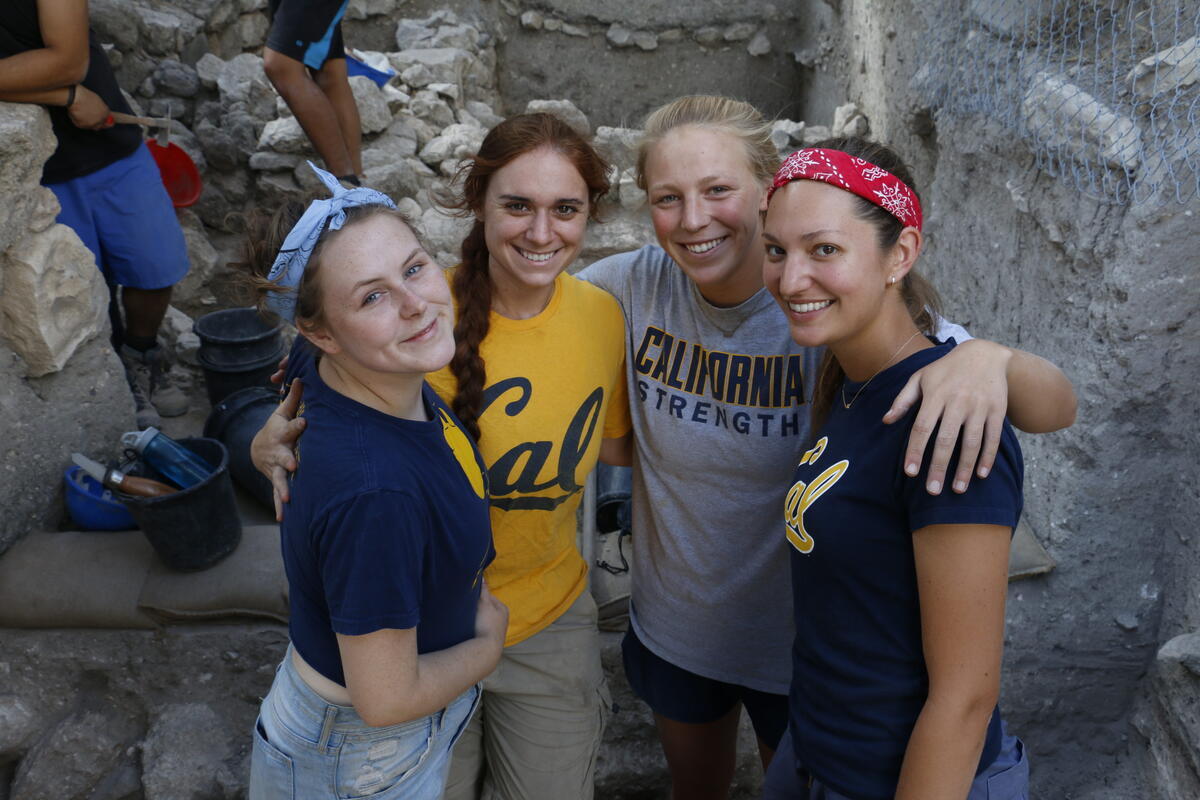Berkeley has long been a vibrant center for the study of Mediterranean antiquity. Its dynamism stems from its large faculty with diverse research agendas and innovative teaching methods, spread across several departments within the university, a dynamic graduate student body, and world-class research facilities.
Our distinguished faculty in Anthropology, Classics, History, History of Art, and Middle Eastern Languages and Cultures have been decorated with many honors and awards, including fellowships from the MacArthur Foundation, the Guggenheim Foundation, the American Academy of Arts and Sciences, the National Endowment for the Humanities, the American Council of Learned Societies, and the American Academy in Rome and receipt of the Goodwin Award of Merit from the Society for Classical Studies. For their excellence in teaching and graduate advising many faculty in this group have also received awards from the University of California.
Berkeley boasts a graduate population of more than 11,000 students from all over the world, whose interactions on this campus foster an unparalleled sense of intellectual community. Those who are committed to the study of Mediterranean antiquity have their departmental homes in five departments or groups, including AHMA, depending upon their specialization, and together they form one of our greatest treasures, a vigorous intellectual community.
The Berkeley campus boasts tremendous research facilities. The richly stocked Doe Library, the university’s main research library, embraces the specialized, non-circulating collection in the Art History and Classics Library(link is external), which includes holdings in literature, archaeology, epigraphy, and numismatics. The Center for the Tebtunis Papyri(link is external), part of the Bancroft Library(link is external), houses the largest collection of papyri in the western hemisphere, primarily from the Egyptian site of Tebtunis, and a specialized library for papyrological research. Epigraphy, a traditional strength on the Berkeley campus, is supported by the massive collection of squeezes and photographs in the Sara B. Aleshire Center for the Study of Greek Epigraphy(link is external), which also has its own library. The collection of the Phoebe A. Hearst Museum of Anthropology(link is external) includes treasures from Egypt, the Near East, Greece, and Rome.

